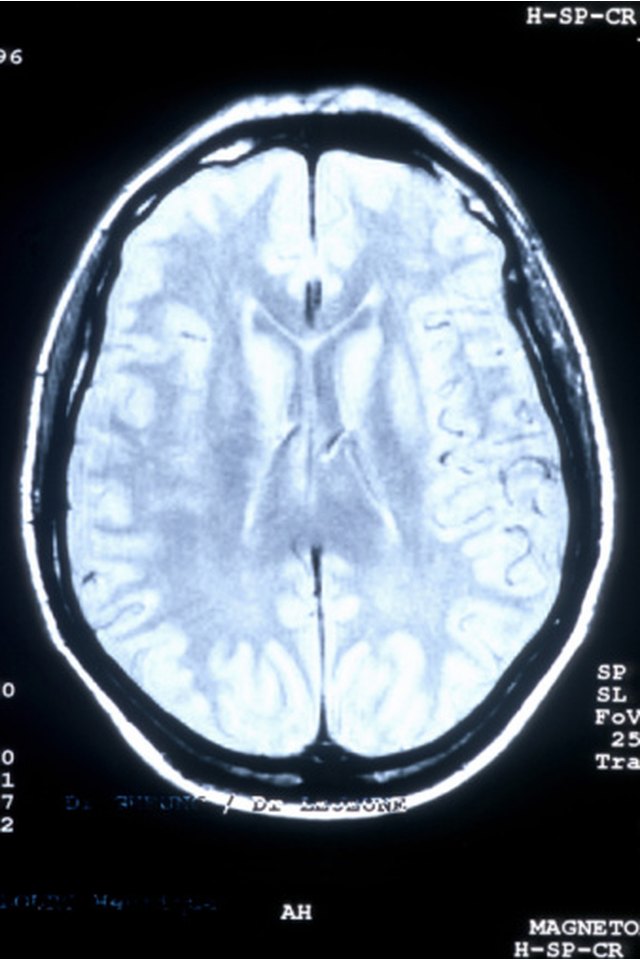What does fact checked mean?
At SportsRec, we strive to deliver objective content that is accurate and up-to-date. Our team periodically reviews articles in order to ensure content quality. The sources cited below consist of evidence from peer-reviewed journals, prominent medical organizations, academic associations, and government data.
The information contained on this site is for informational purposes only, and should not be used as a substitute for the advice of a professional health care provider. Please check with the appropriate physician regarding health questions and concerns. Although we strive to deliver accurate and up-to-date information, no guarantee to that effect is made.
What Part of the Brain Controls Your Ability to Exercise?

Different areas of your brain give you the ability to perform a variety of exercises. The brain is the control center for the body, and every move you make and every breath you take originates in the brain. For this reason, most of the areas of the brain are involved in movement and exercise.
Brain Anatomy
The major areas of the brain include the frontal lobe, located at the front top of your skull, your occipital lobe, located at the back of the skull and the temporal lobes, located on each side of your head. The parietal lobes are located from mid-scalp to the middle of the back of your head, and the cerebellum is located at the bottom rear base of the brain.
Other areas of the brain are also responsible for your ability to move, including the cerebral cortex and the thalamus and hypothalamus, which together form the diencephalon. Each of these send impulses from your brain and down your spinal cord to communicate instructions for movement.
Autonomic Function
Your brain stem, located at the base of your brain, controls your autonomic body functions. Autonomic function are those that you have no control over, such as breathing, heart rate and digestive processes. Your brain sends signals to the muscles and tissues of the lungs, telling them to inhale and exhale at a rate that best serves the oxygenation needs of the body during exercise. For this reason, your breathing and heart rate speeds up during high-intensity activities or slows down again at rest.
Balance
Your cerebellum helps you balance and perform exercises like kickboxing, yoga or step aerobics. Your sense of balance is centered in the inner ear. Signals from the inner ear travel to the brain, where they're interpreted. Your ear and brain together let you know when you're dizzy, spinning or standing still. In this way, the ear is connected to other body functions in what is called the vestibular system. This system helps you maintain balance and position when walking or exercising.
Movement
The cerebellum is not only responsible for your ability to balance, but for movement, also. This area of the brain determines how coordinated you are in developing smooth muscle movements like grasping, reaching, and extending or flexing your arms and legs. The diencephalon controls nerve impulses that tell your body to move; walk, bend, twist, run, jump and so forth.
References
Writer Bio
Denise Stern is an experienced freelance writer and editor. She has written professionally for more than seven years. Stern regularly provides content for health-related and elder-care websites and has an associate and specialized business degree in health information management and technology.
